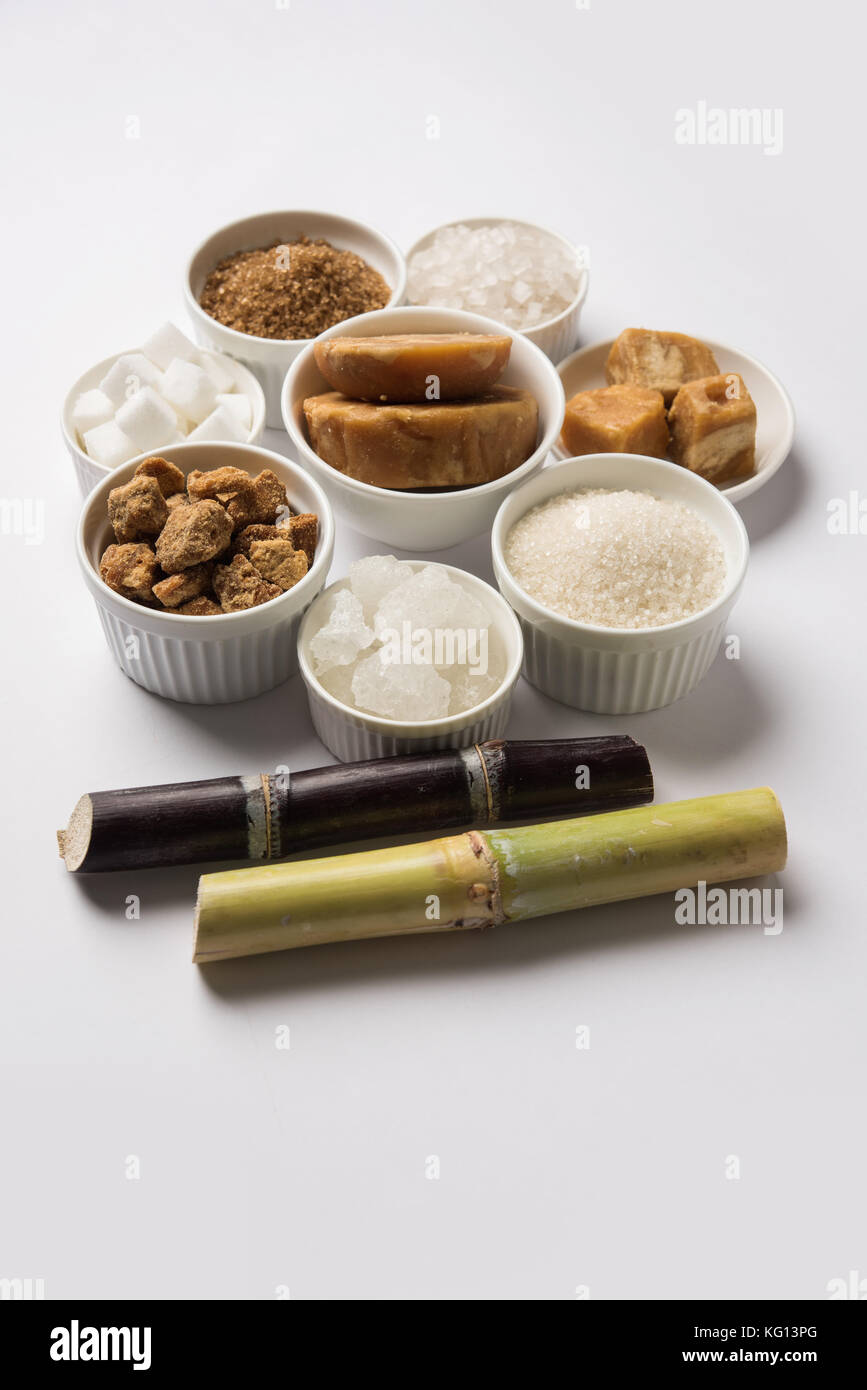The Trip of Sugarcane: From Harvest to Everyday Products
The trip of sugarcane is a multifaceted procedure that begins with precise cultivation and finishes in a variety of items that permeate our day-to-day lives. As we explore the numerous aspects of sugarcane's trip, its function in sustainability and the more comprehensive ramifications for our environment come into sharper emphasis.
Growing of Sugarcane
The farming of sugarcane is an essential agricultural procedure that requires details environmental problems and management methods. Optimum growth happens in tropical and subtropical areas where temperatures range between 20 ° C and 32 ° C. Adequate rainfall or irrigation is important, as sugarcane prospers in moist dirt with well-drained problems (sugarcane product). Dirt quality substantially influences yield; hence, farmers frequently perform dirt tests to figure out nutrient requirements
Planting commonly occurs in rows, using stem cuttings referred to as setts, which are grown horizontally. This technique assists in reliable harvesting and maximizes sunlight exposure. Plant turning and intercropping are advised practices to enhance soil fertility and decrease bug problems. Farmers employ integrated pest monitoring approaches to minimize chemical inputs while ensuring healthy crop development.
Prompt application of these fertilizers can significantly enhance sugar yields. Generally, successful sugarcane farming hinges on a mix of environmental stewardship, critical planning, and recurring administration techniques.
Gathering Strategies
Successful sugarcane farming culminates in the collecting phase, which is essential for making the most of return and guaranteeing top quality. The timing of the harvest is essential; sugarcane is commonly gathered when sucrose levels height, normally between 10 to 18 months after growing. This period varies based upon environment, soil kind, and sugarcane selection.
Harvesting methods can be generally categorized into guidebook and mechanical methods. Manual harvesting is labor-intensive, relying upon experienced employees that make use of machetes to cut the stalks close to the ground. This technique permits selective harvesting, where only the ripest walking sticks are picked, therefore enhancing overall sugar material.
Alternatively, mechanical harvesting has actually gained popularity due to its effectiveness and cost-effectiveness. Specialized farmers outfitted with reducing blades and conveyor systems can refine large areas quickly, considerably minimizing labor prices. Nonetheless, this strategy might lead to the inclusion of immature canes and a potential decrease in sugar quality.

Despite the approach utilized, making sure that gathered canes are transported rapidly to refining facilities is vital. Prompt handling decreases wasting and protects the integrity of the sugarcane, establishing the phase for optimal handling.
Handling Methods
Handling sugarcane includes several crucial actions that transform the harvested stalks right into usable items, mainly sugar and molasses. The initial phase is washing the walking cane to eliminate soil and particles, followed by the removal of juice with squashing or milling. This process typically uses heavy rollers that damage the walking stick fibers to launch the wonderful fluid included within.
Once the juice is drawn out, it undergoes information, where impurities such as dirt particles and bagasse are eliminated. This is frequently attained by adding lime and heating up the juice, allowing sedimentation. The cleared up juice is after that concentrated via evaporation, where water material is reduced, leading to a thick syrup.

Ultimately, the processing of sugarcane not only generates sugar and molasses but additionally prepares for different by-products, which will certainly be checked out in succeeding discussions.
Products Derived From Sugarcane
Sugarcane is a flexible crop that generates a wide range of items past simply sugar and molasses. Among the primary spin-offs are ethanol and biofuels, which have actually obtained prominence as renewable resource resources. Ethanol, produced with the fermentation of sugarcane juice, offers as a different to nonrenewable fuel sources and is frequently mixed with gas to develop cleaner-burning gas, lowering greenhouse gas emissions.
Additionally, sugarcane is a considerable source of bagasse, the fibrous residue staying after juice extraction. Bagasse is used in different applications, consisting of the manufacturing of paper, naturally degradable product packaging, and as a biomass gas for power generation. Its usage not only minimizes waste however likewise improves the sustainability of sugarcane processing.
Additionally, sugarcane-derived products reach the food sector, where it functions as a natural flavoring representative and sugar in different culinary applications. In the internet world of cosmetics, sugarcane essences are integrated into skin care items due to their all-natural exfoliating buildings.
Ecological Effect and Sustainability
The cultivation and handling of sugarcane have considerable implications for ecological sustainability. This crop calls for considerable water resources, often bring about exhaustion of local water products and impacting bordering environments. Additionally, making use of fertilizers and chemicals in sugarcane farming can lead to dirt deterioration and river contamination, posing dangers to biodiversity.

Lasting sugarcane farming additionally advertises dirt wellness via crop turning and lowered tillage, improving carbon sequestration. The fostering of these techniques not only supports ecological honesty yet also enhances the durability of farming areas versus climate change.
Final Thought
In recap, the trip of sugarcane incorporates numerous stages from cultivation to processing, eventually leading to a large selection of items. The significance of sugarcane extends beyond simple sweeteners, contributing to renewable resource with ethanol manufacturing, lasting product packaging using bagasse, and all-natural removes for cosmetics. This complex plant plays a crucial role in both dietary enrichment and environmental sustainability, highlighting its importance in contemporary farming more helpful hints and commercial techniques.
Effective sugarcane farming finishes in the gathering phase, which is critical for optimizing yield and making sure high quality. The timing of the harvest is important; sugarcane is usually gathered when sucrose levels peak, usually in between 10 to 18 months after growing.Processing sugarcane involves numerous essential actions that transform the harvested stalks right into useful products, mainly sugar and molasses.Sugarcane is a versatile plant that produces a broad array of items beyond just sugar and molasses. In addition, the use of fertilizers and chemicals in sugarcane farming can result in soil degradation and river contamination, positioning threats to biodiversity.